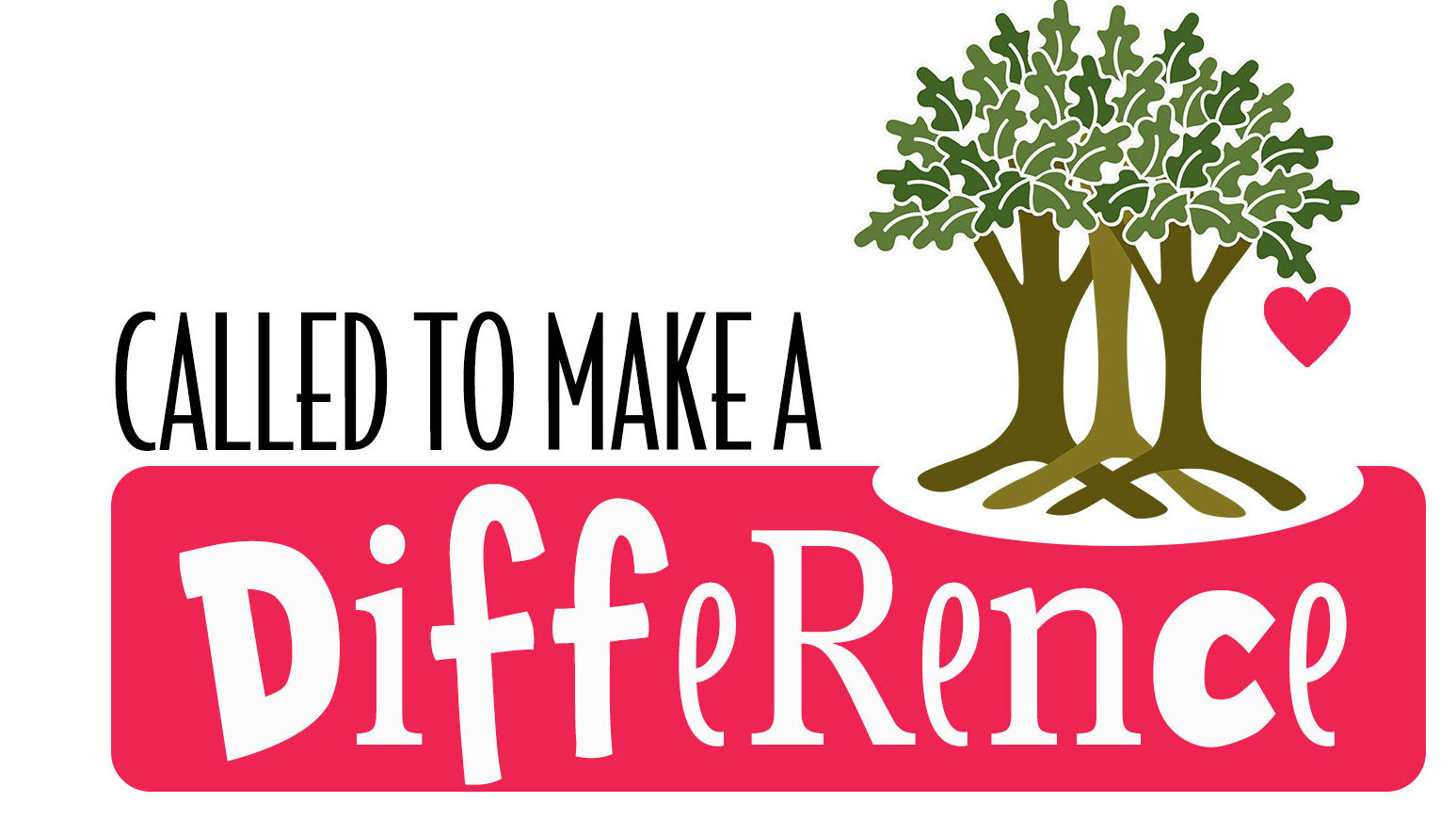Weekly Article
Kathie parsons • Derry member
October 13, 2022
I recently had my hearing tested. The audiologist asked me how my summer was going. I told her that, quite suddenly, I was very busy. My church had become involved with a Syrian refugee family and I was drawn to become involved. She thanked me. Thirty years ago her family was sponsored by a church when they were refugees after the Vietnam war ended. She said most refugee families do not have sponsors. Because hers did, they were able to survive and thrive in the new country where they knew little of the language or the customs.
Syrians have fled by the millions since the Arab Spring 12 years ago was violently quashed. Russia has armed the suppression of Syrians wanting a more democratic government. Derry Church was made personally aware of the Syrian refugee crisis in January when Church World Service (CWS) Lancaster gave a presentation at Sunday school (watch part 1 and part 2).
The Mission and Peace Committee (MAP) took note. Some contact was maintained over the months. CWS opened a new office in Harrisburg in preparation for resettling refugee families, including several Syrian families. We received word in July that partners were desperately needed to help with families. Pete Feil and Marilyn Koch, with the encouragement of MAP and Pastor Stephen, put out the word. Derry Church had been called. But did we want to answer? Could we answer on such short notice? It seemed impossible.
They needed a place to live, help to access the seed benefits the United States makes available to the small number of refugees each year. They would need help to become independent: get jobs; enroll their children in school; access medical care; have access to transportation; learn English, and so much more. MAP and a number of interested Derry and All Saints Episcopal Church members, despite this seemingly impossible mission, said yes. We would commit to help resettle one family.
The Mohamad Haikal family arrived on July 27. The parents and four children, ages 4-12, traveled over 24 hours. Each had a duffel bag with their worldly possessions. They’d been waiting in Egypt for 10 years to come to the United States. Since then, our band of volunteers have been part of the adventure of a lifetime.
Many people have been involved in resettling this family. Surprisingly we have encountered a number of Arabic-speaking people who have helped us navigate various situations. We now have a dedicated English as a Second Language (ESL) group, headed by Sue Whitaker, and augmented by members of the All Saints Episcopal Church in Hershey. The school district also provides ESL support. Love INC has provided transitional housing for the family. Hope Within provided initial medical treatment. The Central Pennsylvania Food Bank, the Hershey Food Bank, and Cocoa Packs have provided food and clothing. Many other donors from both churches have provided funds, food, clothing, household goods, bicycles, and transportation to the mosque, as well as a variety of appointments for health, school, job, and social assistance programs.
All of this has made a huge impact on the Haikal family and the volunteers. None of this would’ve been possible had the call not been answered. And because we answered, mini miracles, if there is such a thing as a “mini” miracle, have occurred. Mohamad has a job but more support will be needed. Permanent, affordable housing and a car large enough for the family of six are needed.
God has brought us this far. God will continue to call. Will Derry Church continue to answer? “Ask and it will be given to you; seek and you will find; knock and the door will be opened to you.”